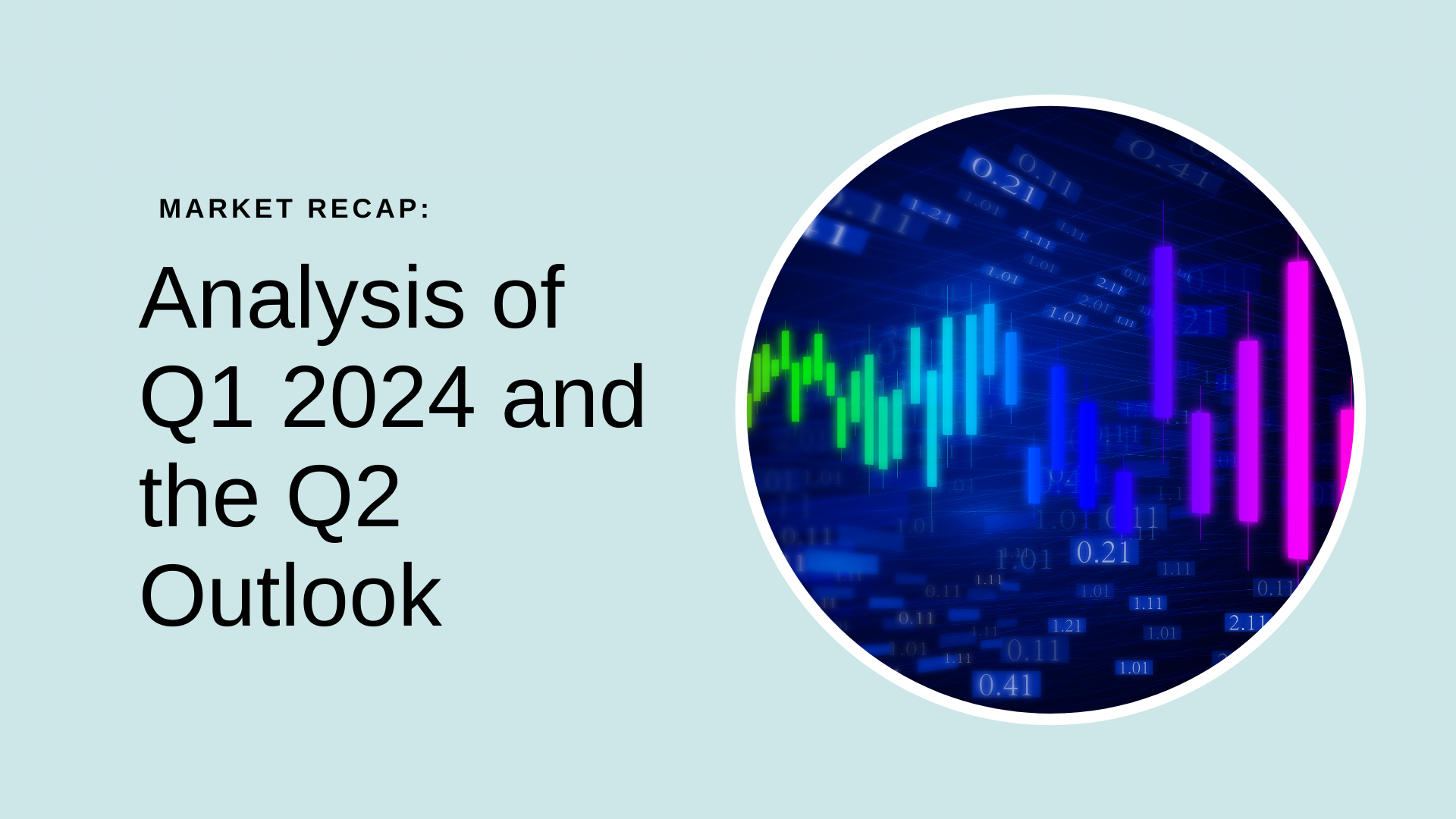Recently, we were questioned as to why our models labeled Nike ($NKE) as a sell with a score of 4.9/10 despite the majority of Wall Street analysts advocating a buy, with influential firms like Citi and Goldman Sachs endorsing it in their top conviction lists.
Following the December 21, 2023 earnings report where the stock plummeted by over 10%, questions resurfaced about the accuracy of analysts’ predictions.
Understanding the dynamics of sell-side analysis is key to grasping why these ratings might lack the accuracy expected of them. Here are the 3 key reasons for it:
1. Job Profile and Client Dynamics:
Sell-side analysts primarily cater to hedge funds and institutions. A favorable rating means staying on good terms with the company management. It then allows them to be the liaison through which hedge funds and other major investors can speak to corporate executives.
Consequently, most analysts fear being excluded from crucial discussions if they forecast earnings or ratings below the Wall Street average. Thus, their role leans more toward pleasing management than ensuring precision. In extreme cases, analysts might opt to discontinue coverage rather than issue unfavorable ratings.
2. Conflict of Interest:
Analysts, predominantly working for banks, often face pressure to promote stock purchases. Banks profit substantially by underwriting stock and debt sales to the public. A sell rating could potentially lead to losing these profitable assignments to banks offering buy or strong buy ratings.
3. Risk Aversion to Sell Ratings:
Analysts face heavier scrutiny when their pessimistic forecasts fail to align with a stock’s success, unlike instances where positive predictions don’t translate into performance. It’s easier to criticize failures than successes. This fear of being wrong, coupled with the risk of damaging relationships with management, deters analysts from taking bold stances. Consequently, they tend to converge around similar estimates, enabling companies to manipulate earnings and achieve results surpassing expectations.
Given these influential factors, it seems prudent to be very careful before taking a call based on analyst ratings. However, it’s crucial to note that while most analysts follow the standard paradigm, it doesn’t implicate the entire analyst community.





